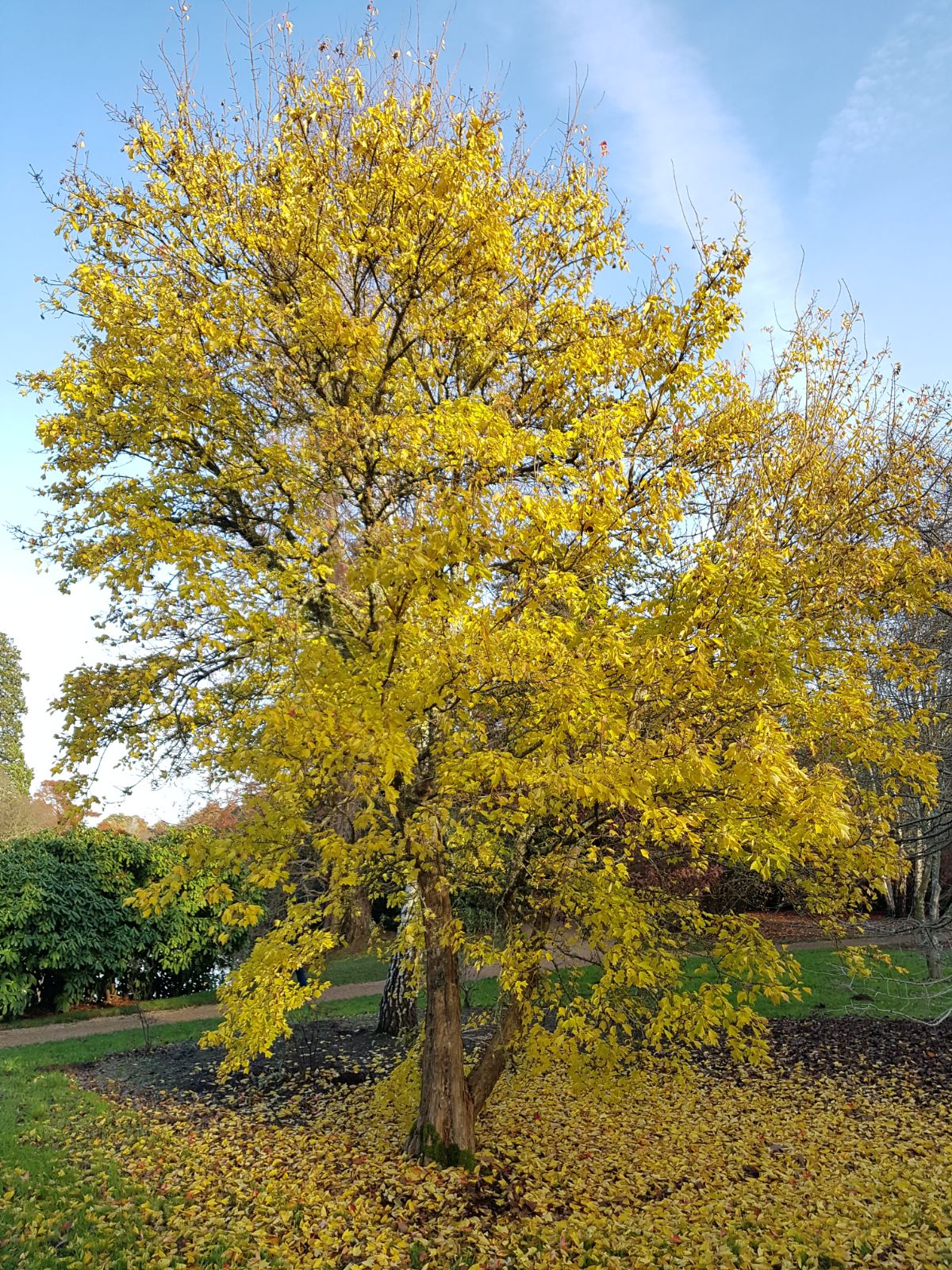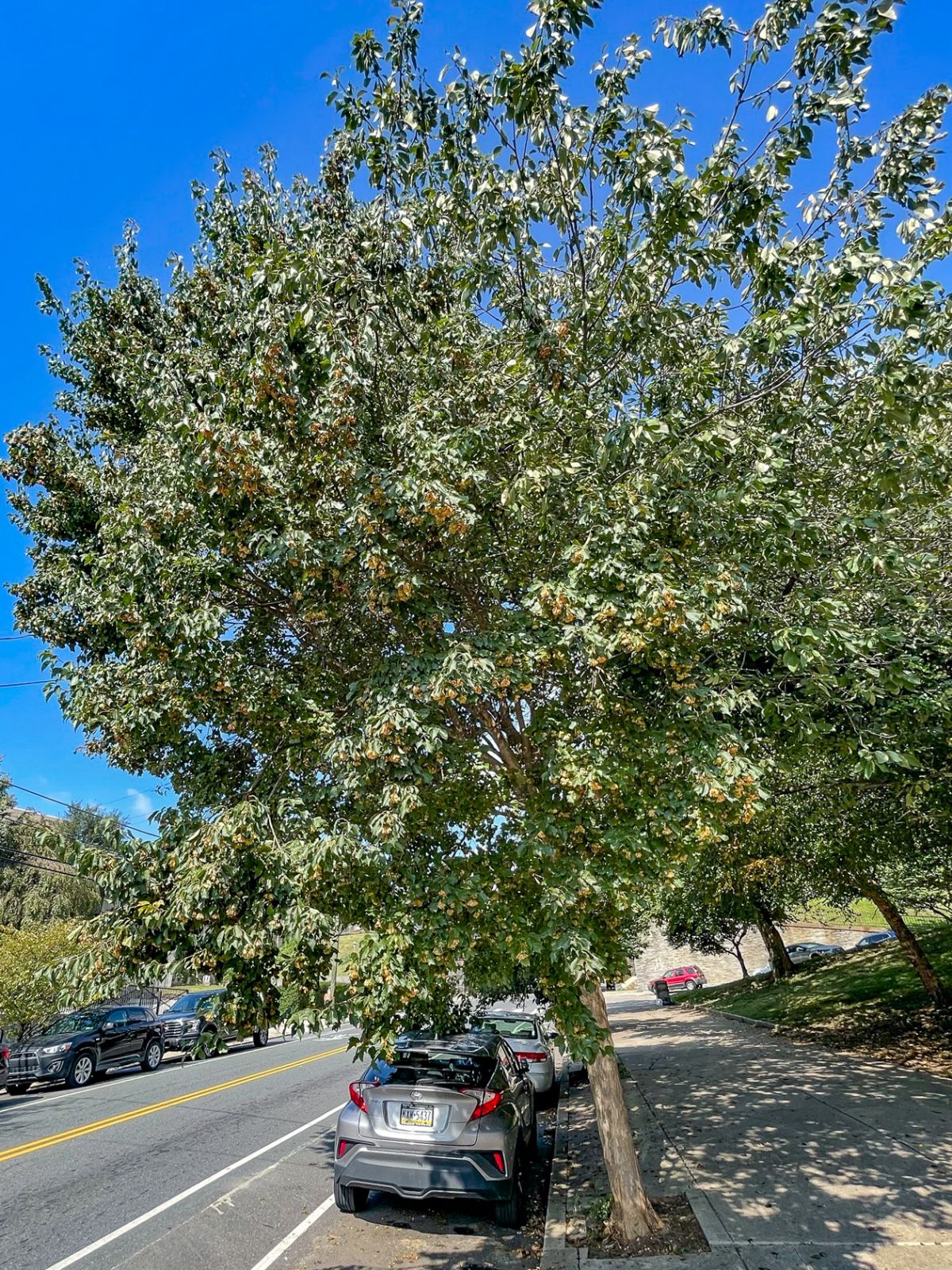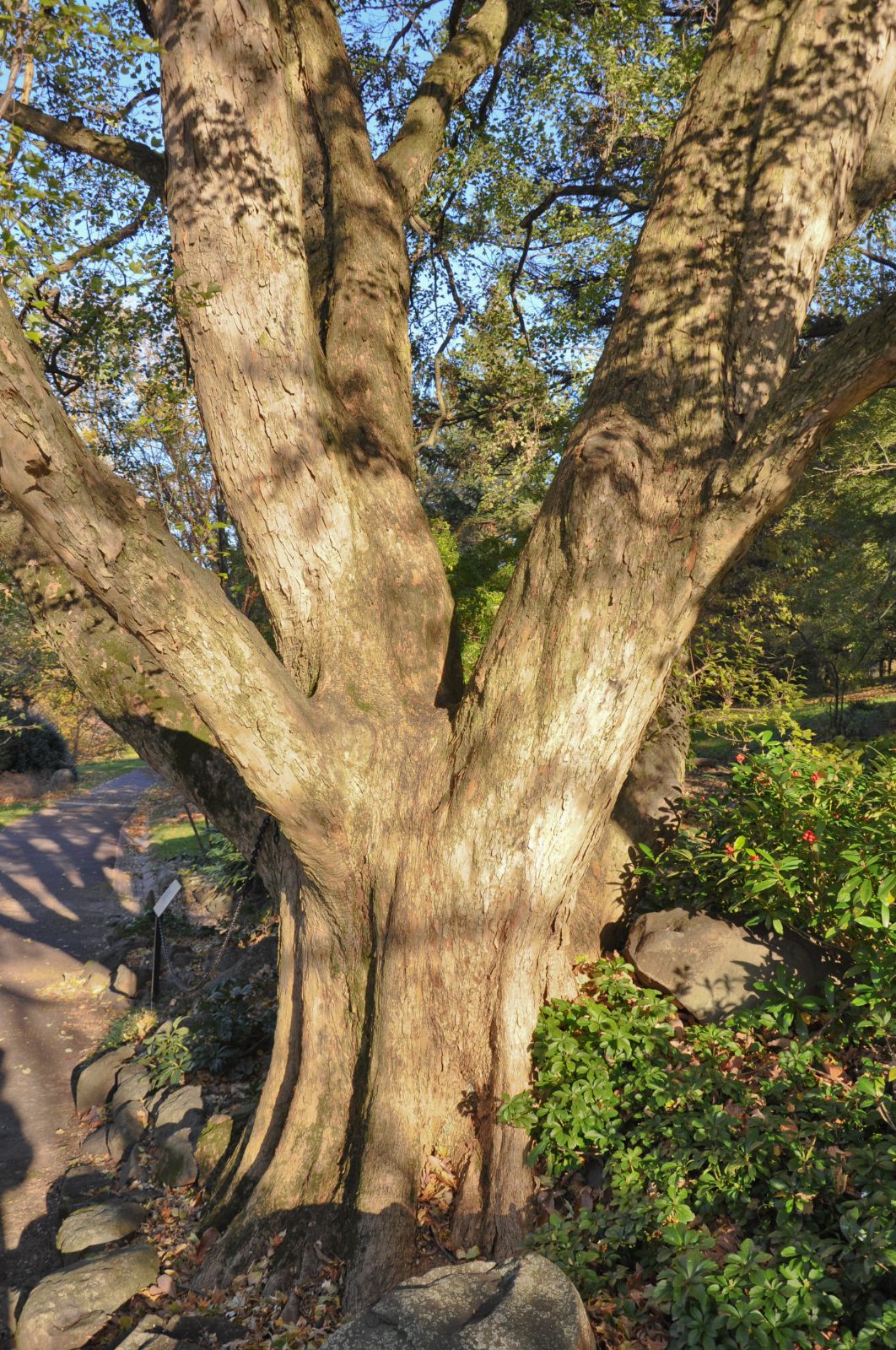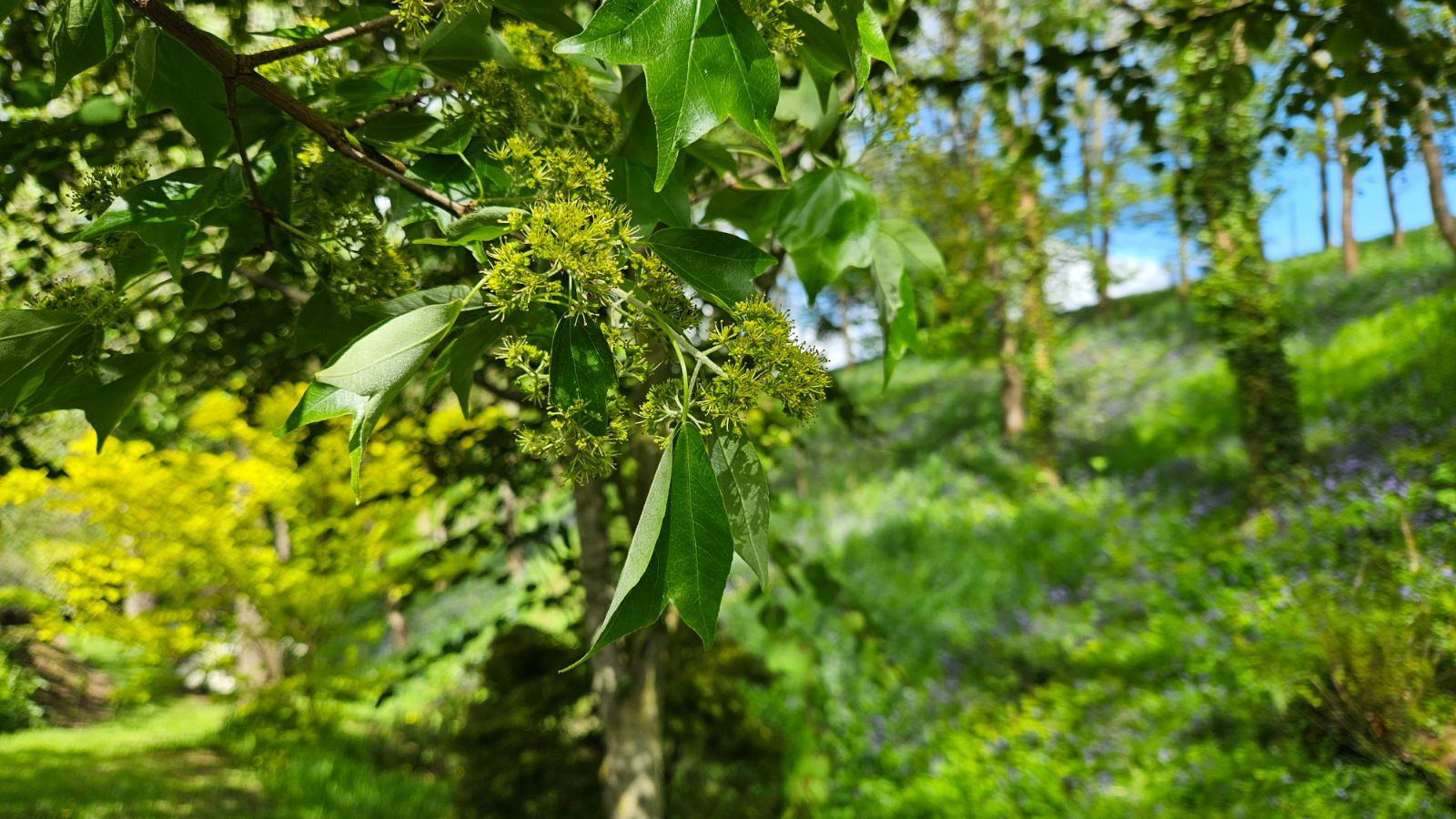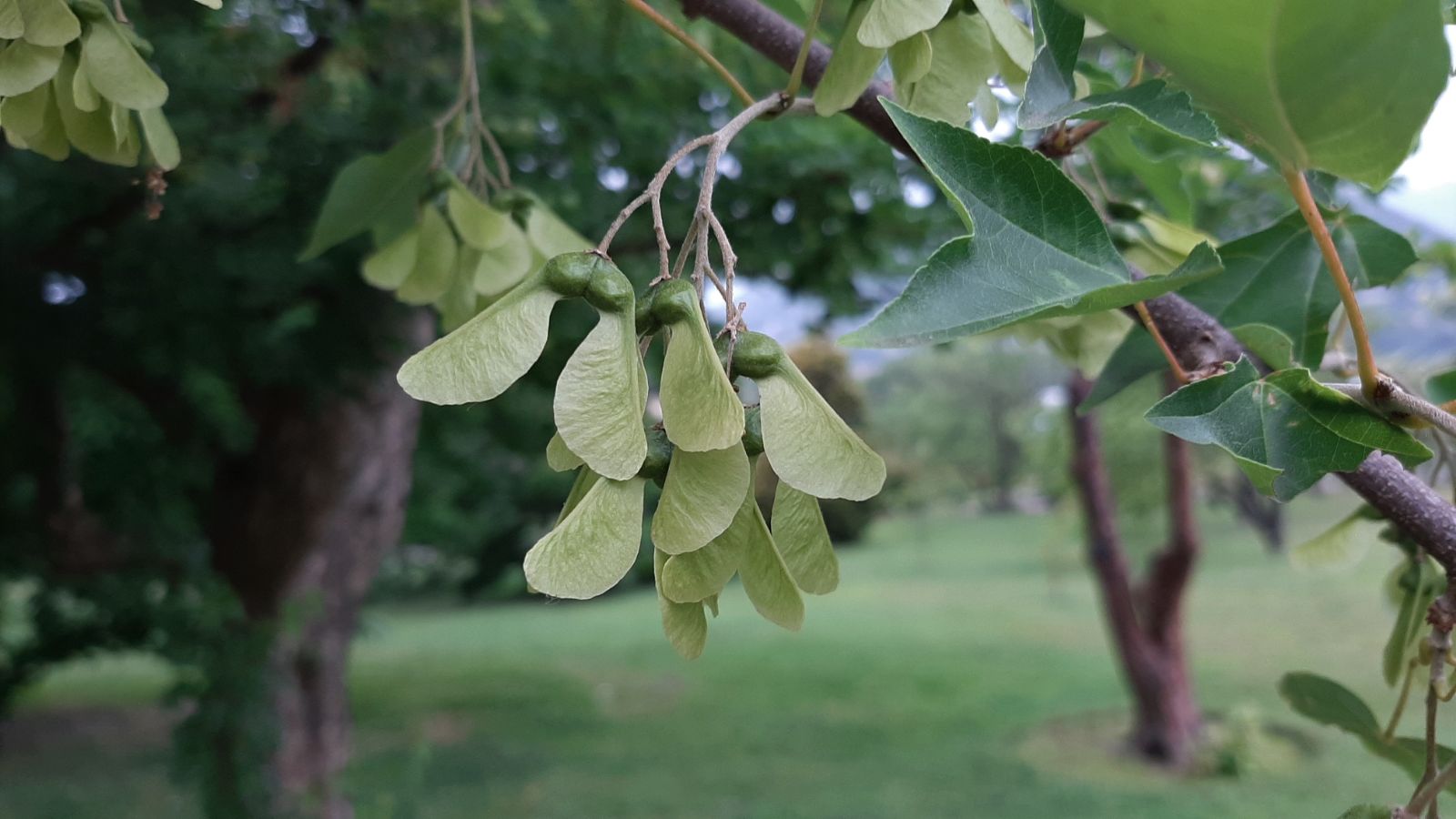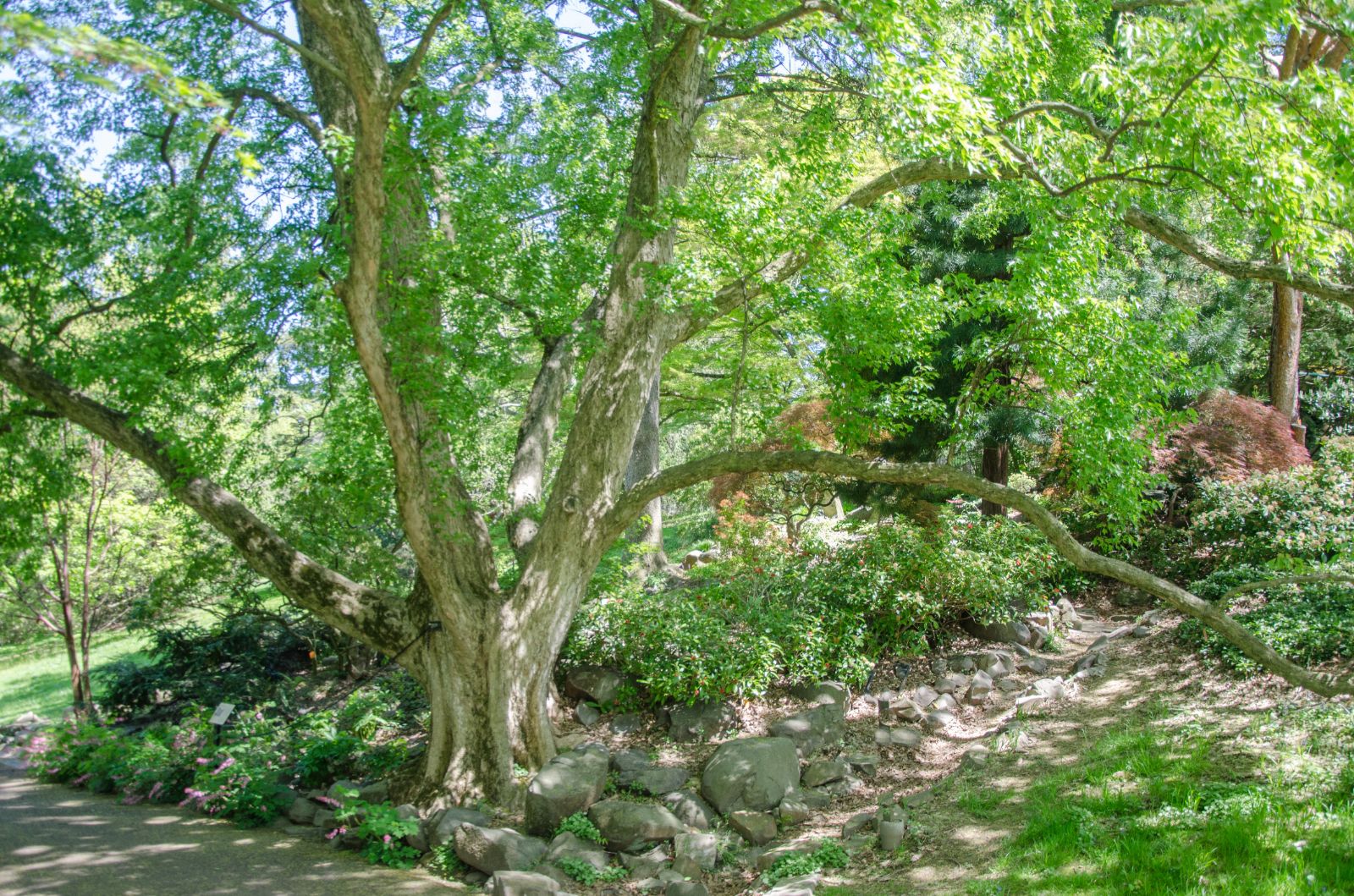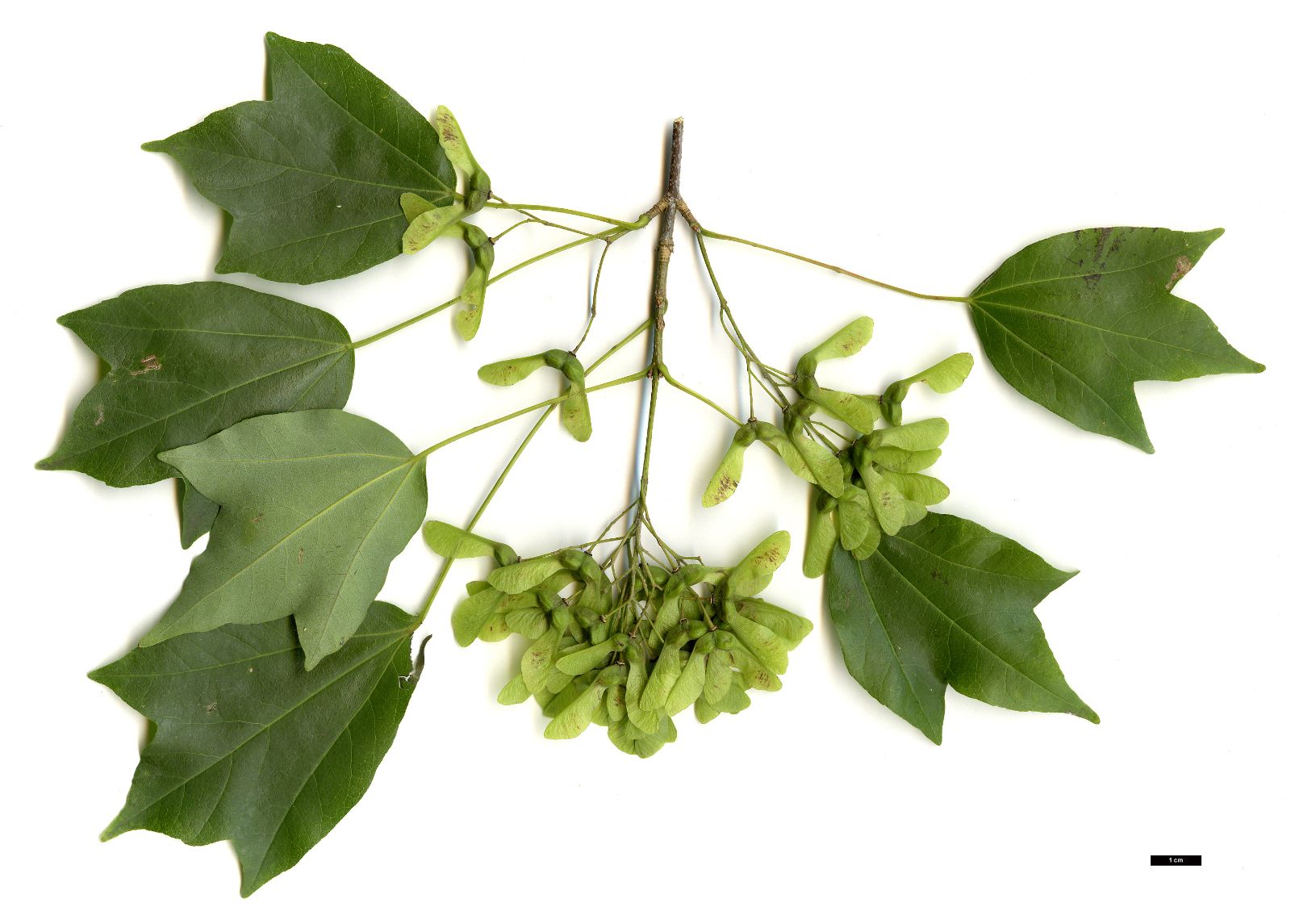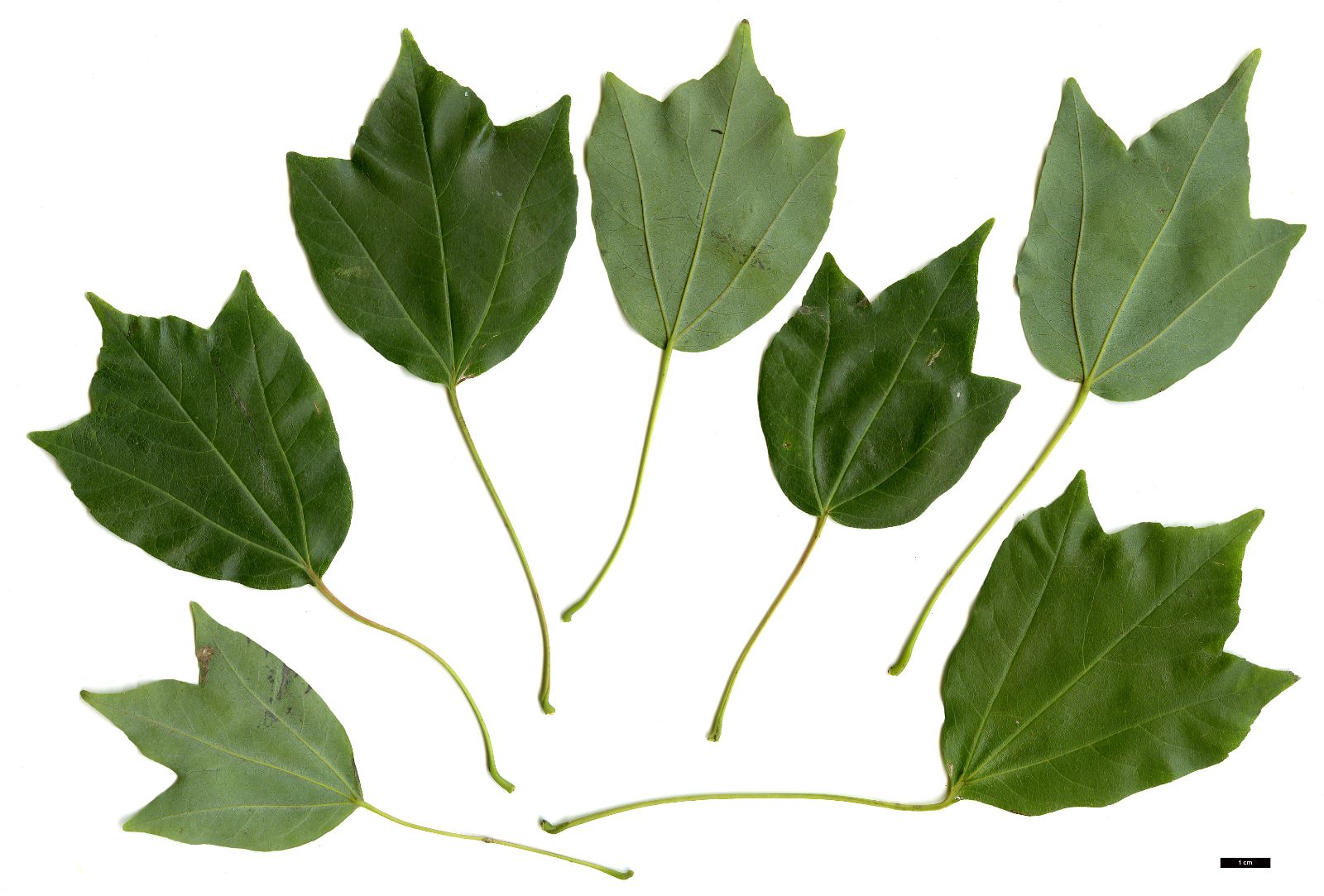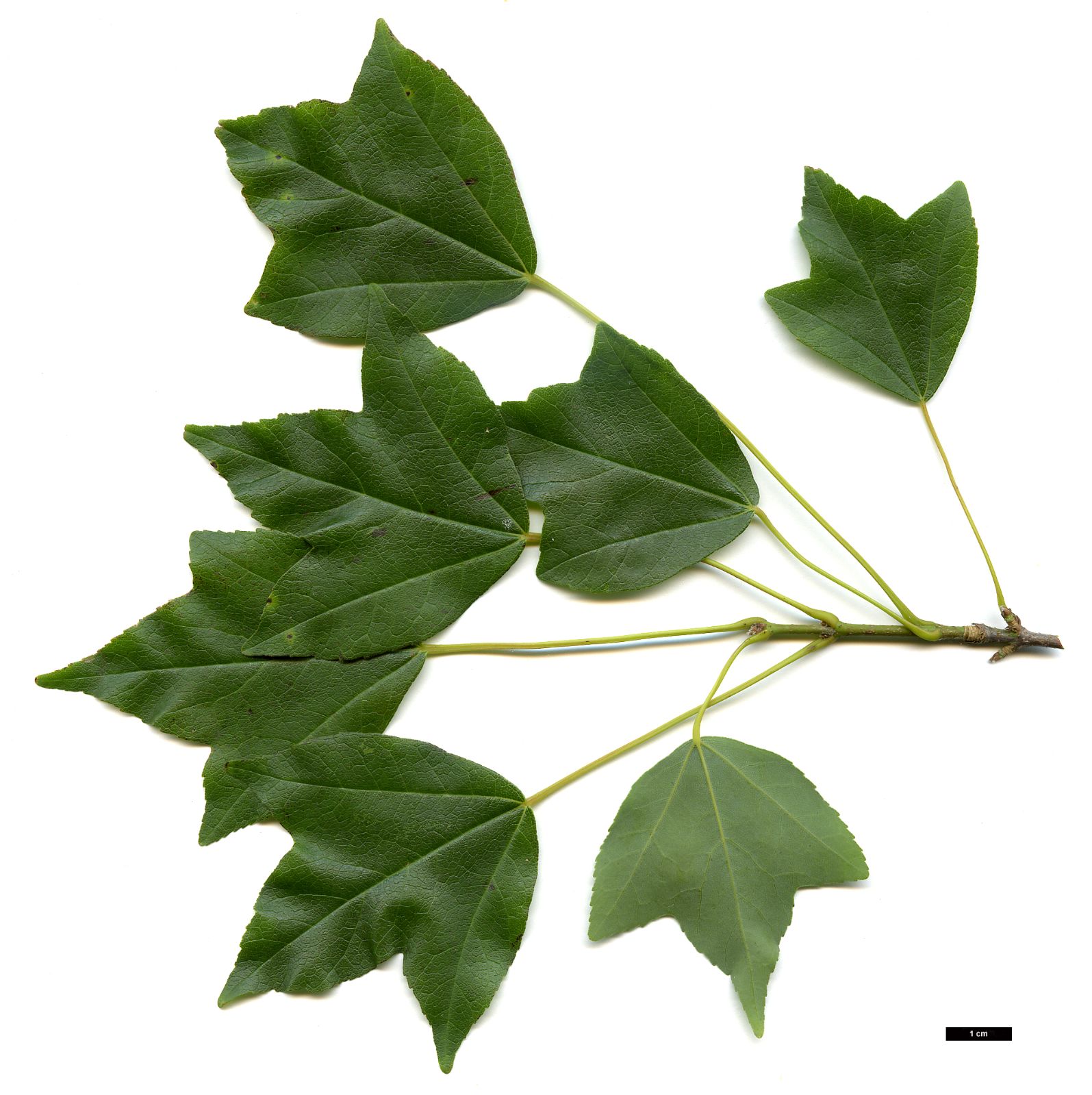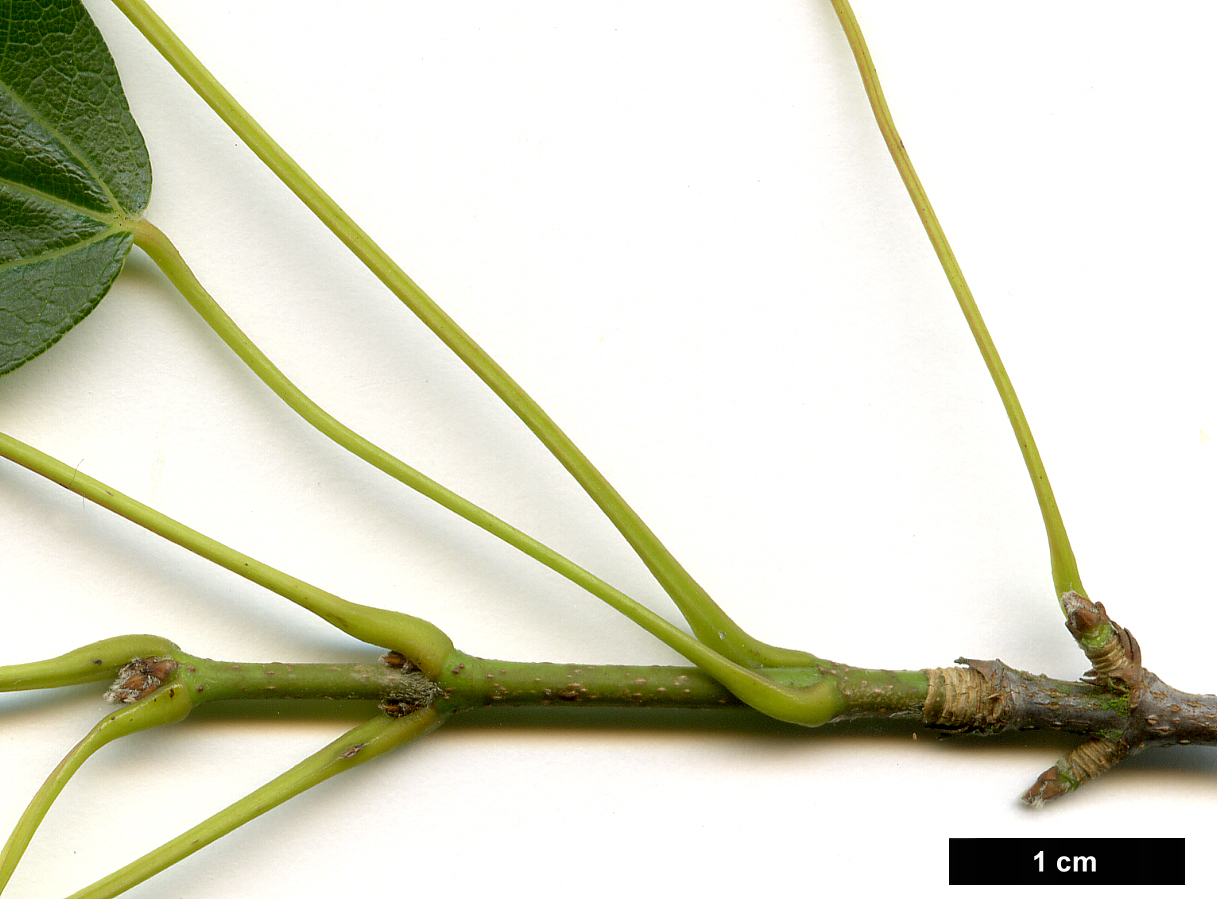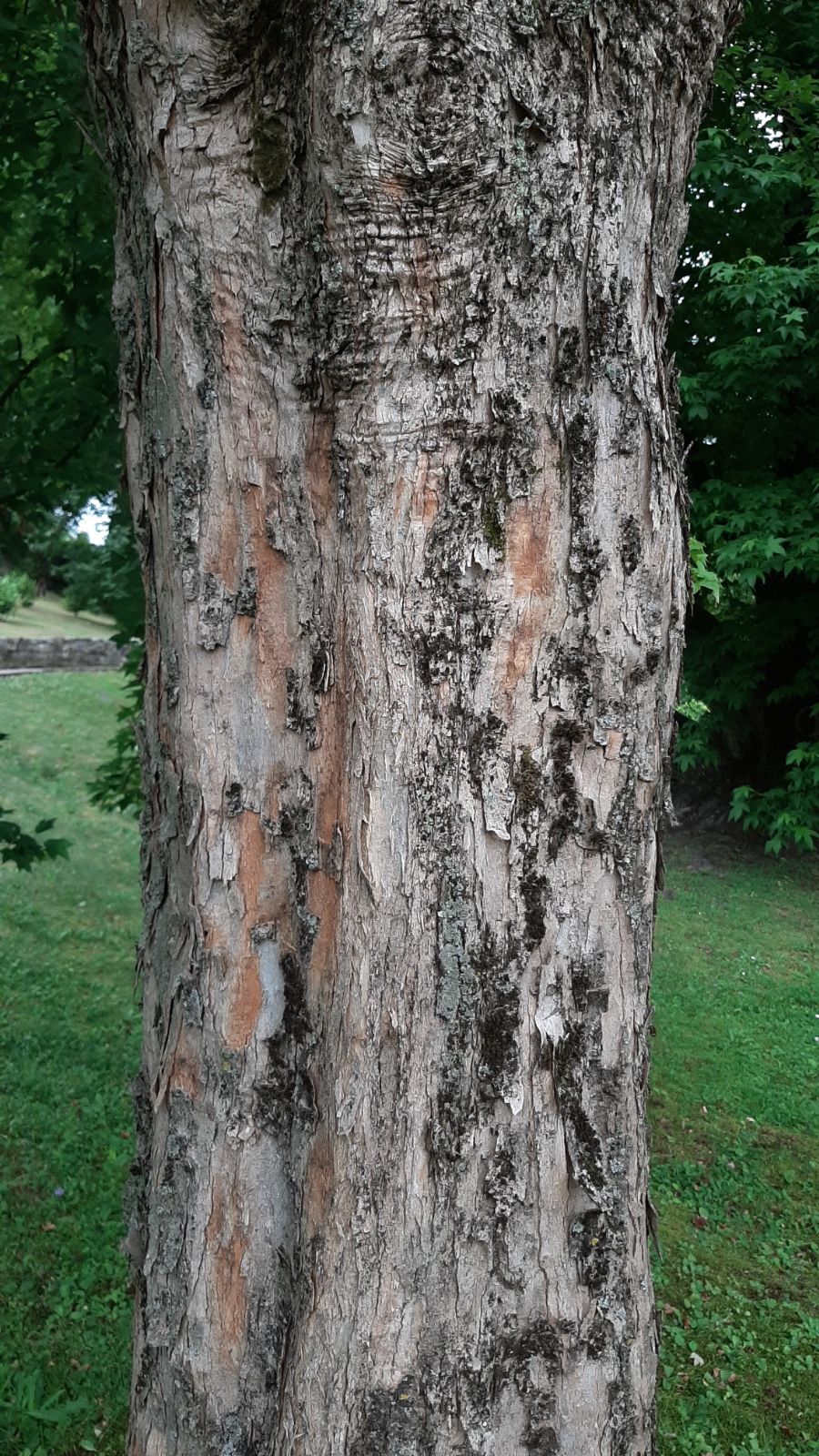Acer buergerianum
Sponsor
Kindly sponsored by
a member of the International Dendrology Society
Credits
Article from Bean's Trees and Shrubs Hardy in the British Isles
Recommended citation
'Acer buergerianum' from the website Trees and Shrubs Online (treesandshrubsonline.
Genus
Synonyms
- Acer trifidum Hook. & Arn., not Thunb.
Infraspecifics
Other taxa in genus
- Acer acuminatum
- Acer amplum
- Acer argutum
- Acer barbinerve
- Acer caesium
- Acer calcaratum
- Acer campbellii
- Acer campestre
- Acer 'Candy Stripe'
- Acer capillipes
- Acer cappadocicum
- Acer carpinifolium
- Acer 'Cascade'
- Acer caudatum
- Acer ceriferum
- Acer chapaense
- Acer chienii
- Acer circinatum
- Acer cissifolium
- Acer × conspicuum
- Acer cordatum
- Acer coriaceifolium
- Acer × coriaceum
- Acer crataegifolium
- Acer davidii
- Acer diabolicum
- Acer distylum
- Acer divergens
- Acer duplicatoserratum
- Acer elegantulum
- Acer erianthum
- Acer 'Esk Flamingo'
- Acer fargesii
- Acer fenzelianum
- Acer flabellatum
- Acer forrestii
- Acer franchetii
- Acer × freemanii
- Acer fulvescens
- Acer 'Gimborn'
- Acer ginnala
- Acer glabrum
- Acer 'Gold Coin'
- Acer granatense
- Acer grandidentatum
- Acer griseum
- Acer heldreichii
- Acer henryi
- Acer × hillieri
- Acer hookeri
- Acer hyrcanum
- Acer japonicum
- Acer kawakamii
- Acer komarovii
- Acer laevigatum
- Acer laurinum
- Acer laxiflorum
- Acer lobelii
- Acer longipes
- Acer macrophyllum
- Acer mandshuricum
- Acer maximowiczianum
- Acer maximowiczii
- Acer metcalfii
- Acer miaotaiense
- Acer micranthum
- Acer 'Mindavi'
- Acer 'Minorient'
- Acer miyabei
- Acer miyabei × campestre
- Acer monspessulanum
- Acer morifolium
- Acer 'Mozart'
- Acer oblongum
- Acer obtusifolium
- Acer okamotoanum
- Acer oliverianum
- Acer opalus
- Acer orientale
- Acer palmatum
- Acer papilio
- Acer pauciflorum
- Acer pectinatum
- Acer pensylvanicum
- Acer pentaphyllum
- Acer pentapotamicum
- Acer pictum
- Acer pilosum
- Acer pinnatinervium
- Acer platanoides
- Acer platanoides × amplum
- Acer platanoides × truncatum
- Acer × pseudoheldreichii
- Acer pseudoplatanus
- Acer pseudosieboldianum
- Acer pubinerve
- Acer pycnanthum
- Acer rubescens
- Acer rubrum
- Acer rufinerve
- Acer saccharinum
- Acer saccharum
- Acer sempervirens
- Acer 'Serpentine'
- Acer serrulatum
- Acer shenkanense
- Acer sieboldianum
- Acer sikkimense
- Acer 'Silver Cardinal'
- Acer 'Silver Ghost'
- Acer sinense
- Acer sinopurpurascens
- Acer spicatum
- Acer stachyophyllum
- Acer taronense
- Acer tataricum
- Acer tegmentosum
- Acer tenellum
- Acer tetramerum
- Acer tibetense
- Acer tonkinense
- Acer triflorum
- Acer truncatum
- Acer tschonoskii
- Acer turkestanicum
- Acer tutcheri
- Acer ukurunduense
- Acer velutinum
- Acer wardii
- Acer 'White Tigress'
- Acer wilsonii
- Acer × zoeschense
A deciduous, small tree, with distinctly three-lobed leaves 11⁄2 to 31⁄2 in. long, and about the same from tip to tip of the side lobes, which point forward, and are triangular and pointed; the leaf is distinctly three-nerved, and tapers to the rounded base; margins irregularly, sometimes obscurely, toothed; upper surface bright dark green, lower one dull and slightly glaucous. Except for a loose floss on the lower surface when quite young, which soon falls away, the leaf is glabrous; leaf-stalk slender, as long or longer than the blade. Flowers in a downy, umbel-like corymb, numerous, small. Fruit with keys 3⁄4 to 1 in. long; the wings 1⁄4 in. wide, parallel or connivent.
Native of China; originally described as A. trifidum from a specimen collected there in the eighteenth century. It is probably not a genuine native of Japan, but the present name is based on a tree cultivated in that country. It was introduced to Kew in 1896, where it thrives very well and grows quickly; the largest tree now in the collection is 36 × 3 ft (1967). It is rather uncommon in gardens but worthy of wider cultivation, for it is very distinct in its rich-green, rather ivy-like leaves, which are held long into the autumn without any change of colour. The leaves on wild trees are, however, rather variable in shape; some are entire or only faintly lobed, and such leaves appear to be the rule in the Formosan variety (var. formosanum (Hayata) Sasaki). In the polymorphism of its leaves A. buergerianum recalls A. paxii, but in that species they are evergreen. The degree to which this character is shown by cultivated trees seems to depend on the age of the specimen and even, perhaps, on the season.
From the Supplement (Vol. V)
It is far from being invariably true that the leaves of this species fall without changing colour. In the Mallet Court collection they turn red, orange or sometimes purple. Mr Harris remarks that it makes a good bonsai tree.
specimens: Kew, 46 × 31⁄4 ft (1979); National Pinetum, Bedgebury, Kent, pl. 1934, 36 × 3 ft (1983); Cowdray Park, Sussex, 34 × 41⁄4 ft at 3 ft (1982); Norham Road, Oxford, 50 × 53⁄4 ft (1981).
† cv. ‘Maruba Tokaede’. – Leaves of firm texture, with short, blunt lobes, some quite unlobed. There is an example in the Hillier Arboretum.
var. trinerve (Dipp.) Rehd.
Synonyms
A. trinerve Dipp

